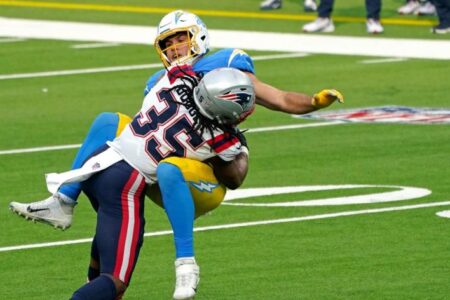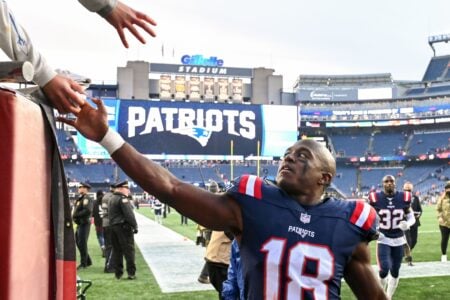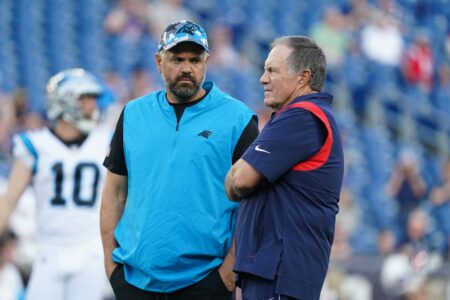Tunescribe
PatsFans.com Supporter
PatsFans.com Supporter
2019 Weekly Picks Winner
2021 Weekly Picks Winner
2023 Weekly Picks Winner
- Joined
- Oct 21, 2004
- Messages
- 37,975
- Reaction score
- 48,734
The whole football-concussion issue had been on my mind a lot in recent months, even before Junior Seau's death. Now, it's front-and-center pretty much constantly. I'm all over the place with thoughts about it.
On one hand, I hate how it's been taking some of the naturally aggressive play away from the NFL game per Goodell-driven legislation. On the other hand, it appears that practically NOTHING will protect players from long-term health problems, and that's scary as hell.
Now we've got extremists calling for even more radical rules changes, ex-players filing suit by the hundreds, guys retiring early, people prohibiting their kids from playing organized football, etc., etc. So what's next? Is pro football ending as we know it, slowly morphing into touch football? Is medical science finally catching up to a sport whose very essence was a mistake to begin with?
I've loved this game since I was a kid, but things seem headed for a crossroads. Or are they? Is an end to the game as we've known it inevitable, or is this just a passing wave of media over-analysis? I wonder if the concussion issue and all the fallout around it has tempered anyone's enthusiasm for the game as a fan. For me, it's been hanging like a little black cloud and I'm waiting for the sun to shine.
On one hand, I hate how it's been taking some of the naturally aggressive play away from the NFL game per Goodell-driven legislation. On the other hand, it appears that practically NOTHING will protect players from long-term health problems, and that's scary as hell.
Now we've got extremists calling for even more radical rules changes, ex-players filing suit by the hundreds, guys retiring early, people prohibiting their kids from playing organized football, etc., etc. So what's next? Is pro football ending as we know it, slowly morphing into touch football? Is medical science finally catching up to a sport whose very essence was a mistake to begin with?
I've loved this game since I was a kid, but things seem headed for a crossroads. Or are they? Is an end to the game as we've known it inevitable, or is this just a passing wave of media over-analysis? I wonder if the concussion issue and all the fallout around it has tempered anyone's enthusiasm for the game as a fan. For me, it's been hanging like a little black cloud and I'm waiting for the sun to shine.


















